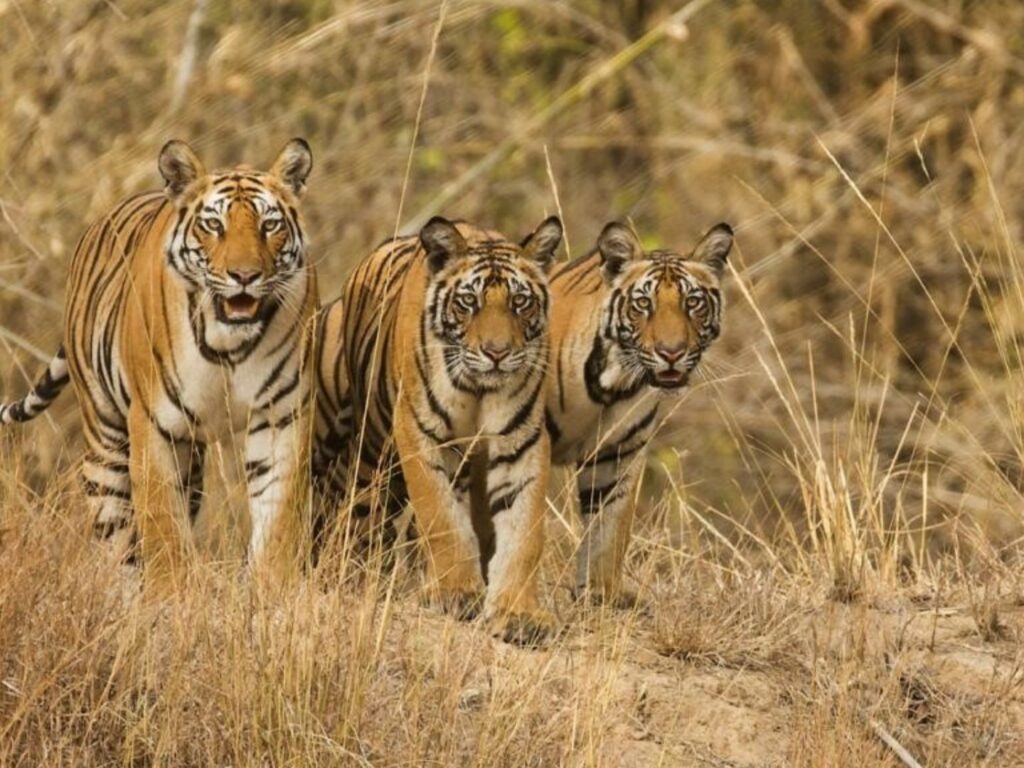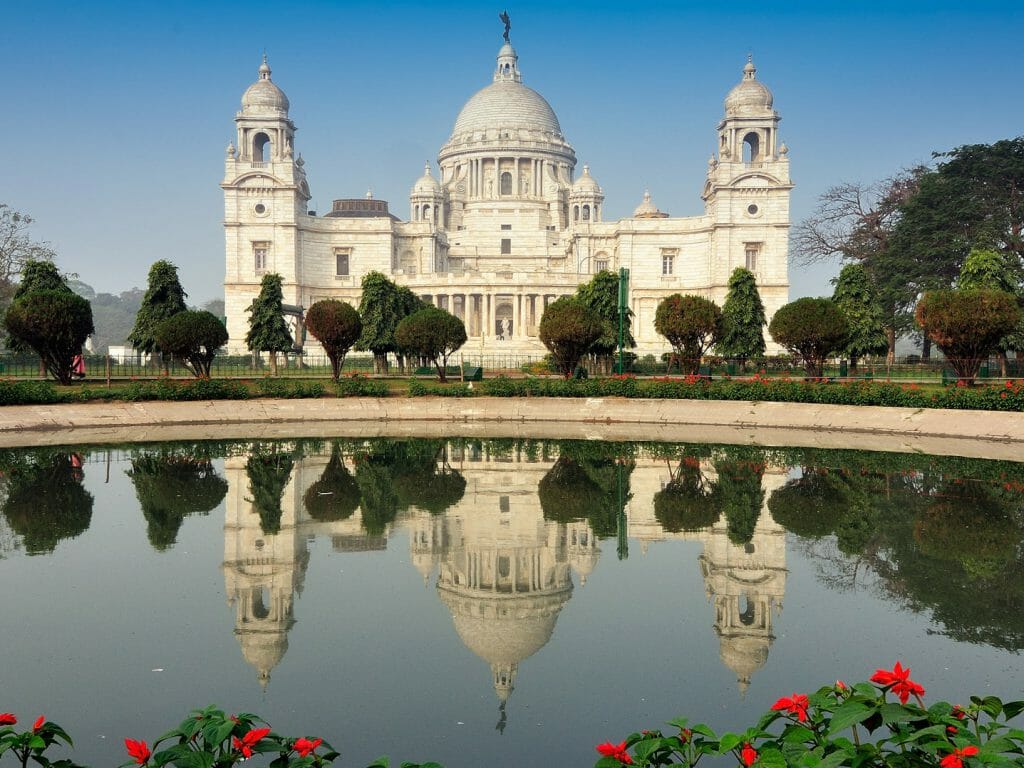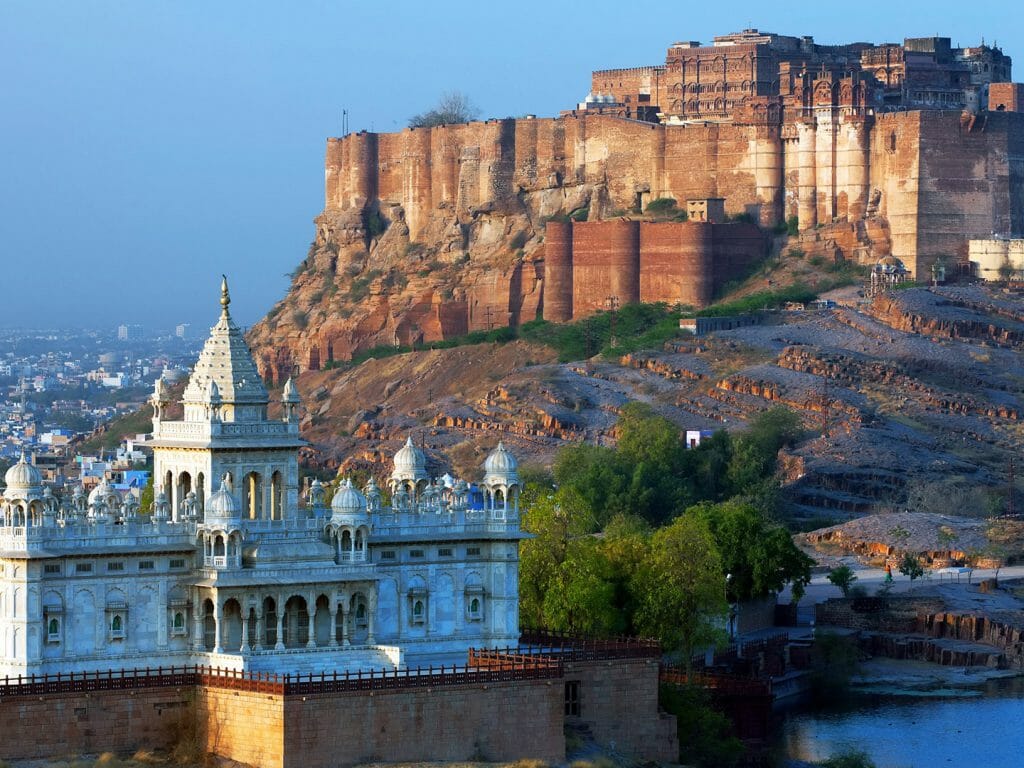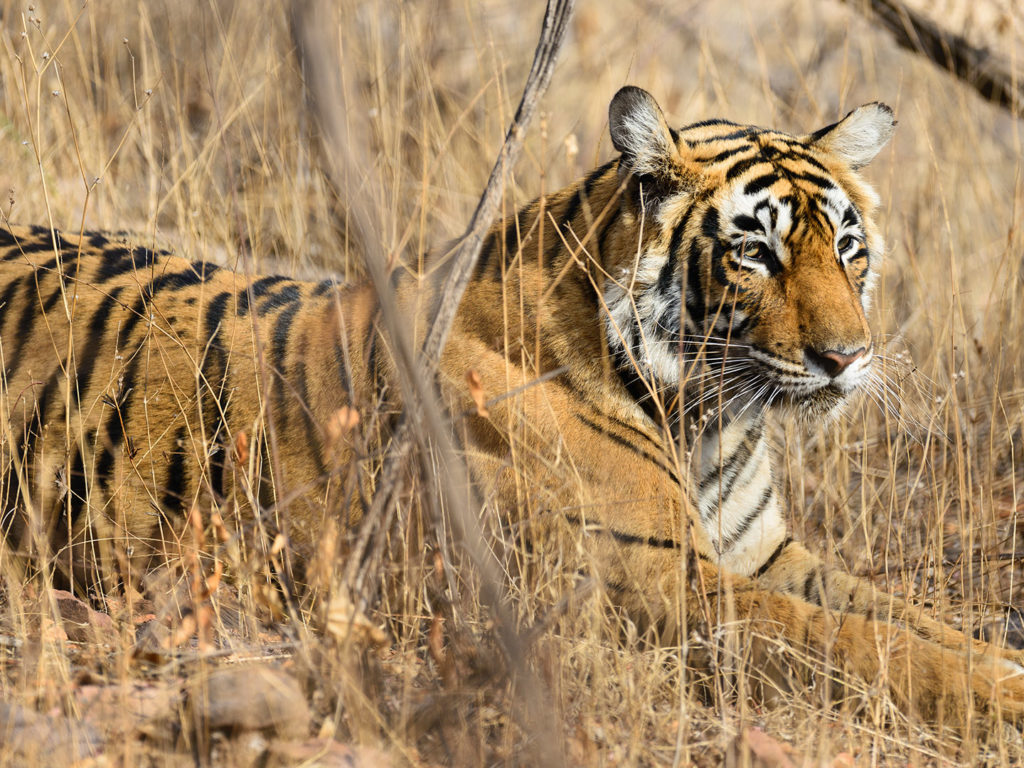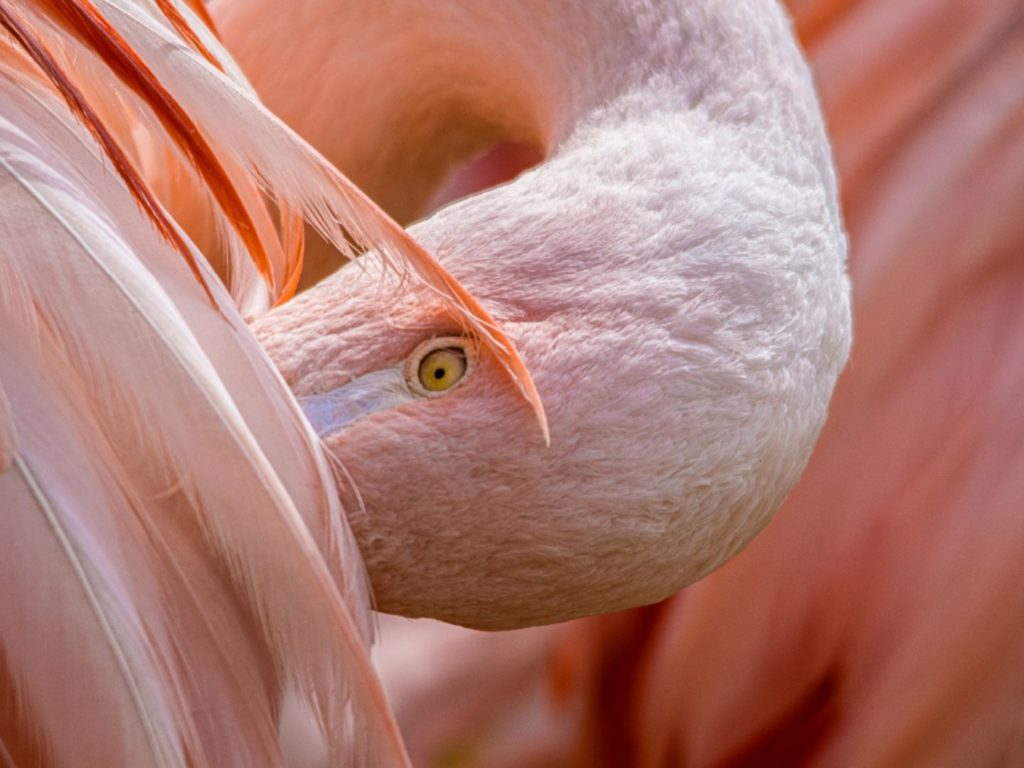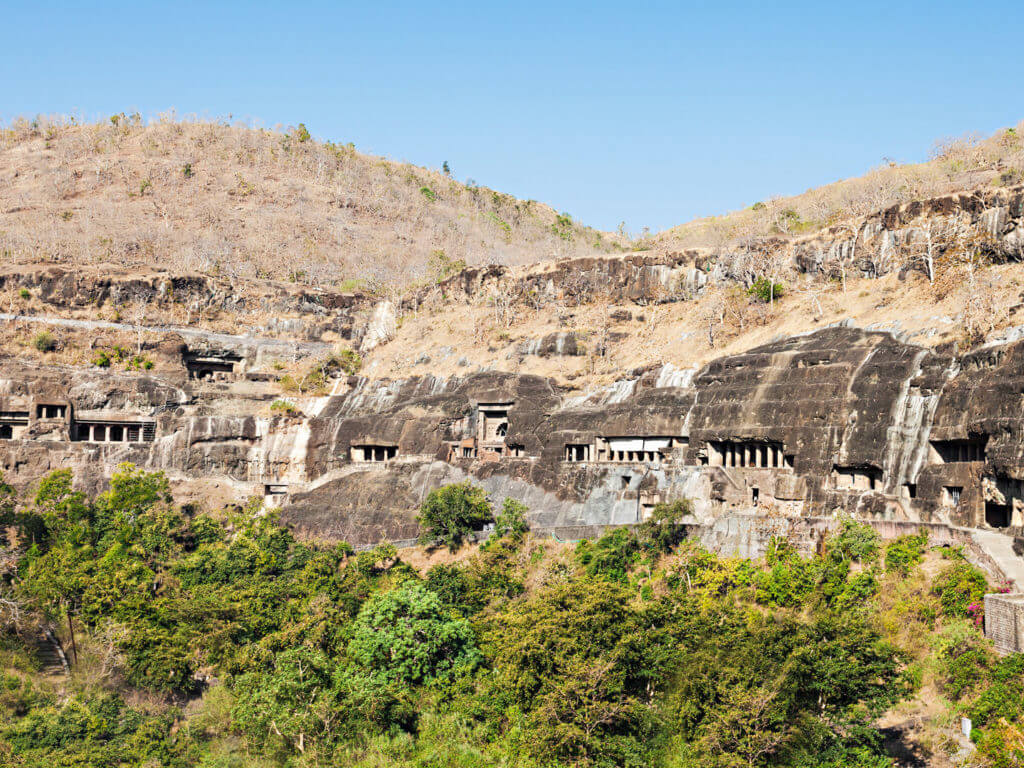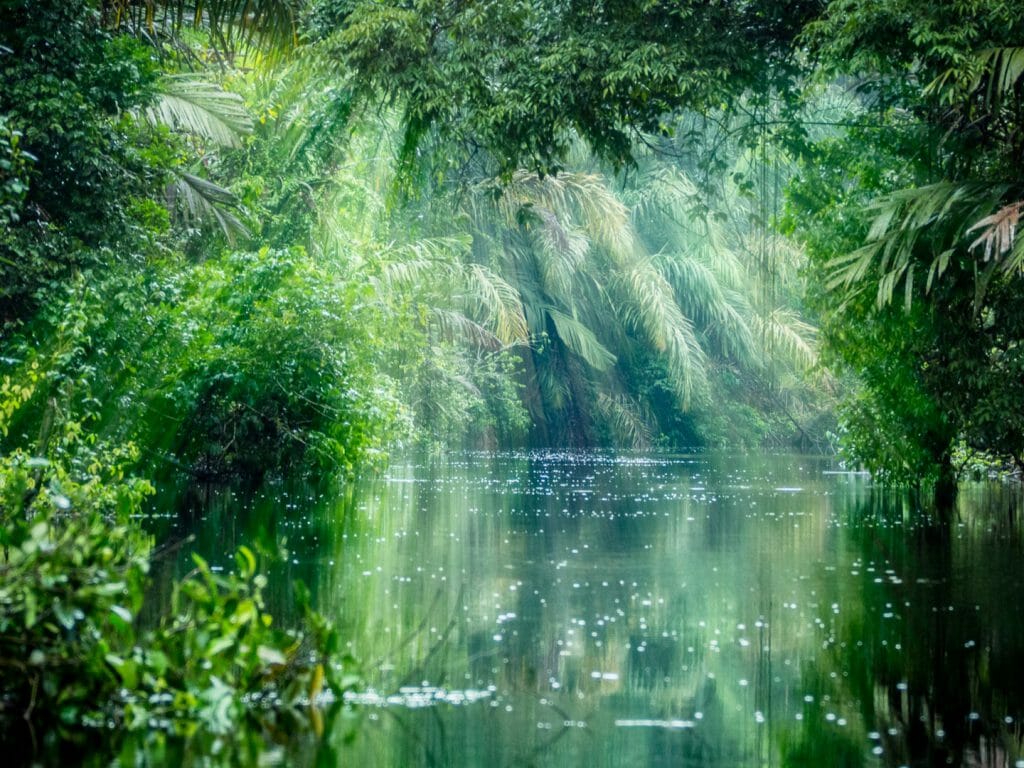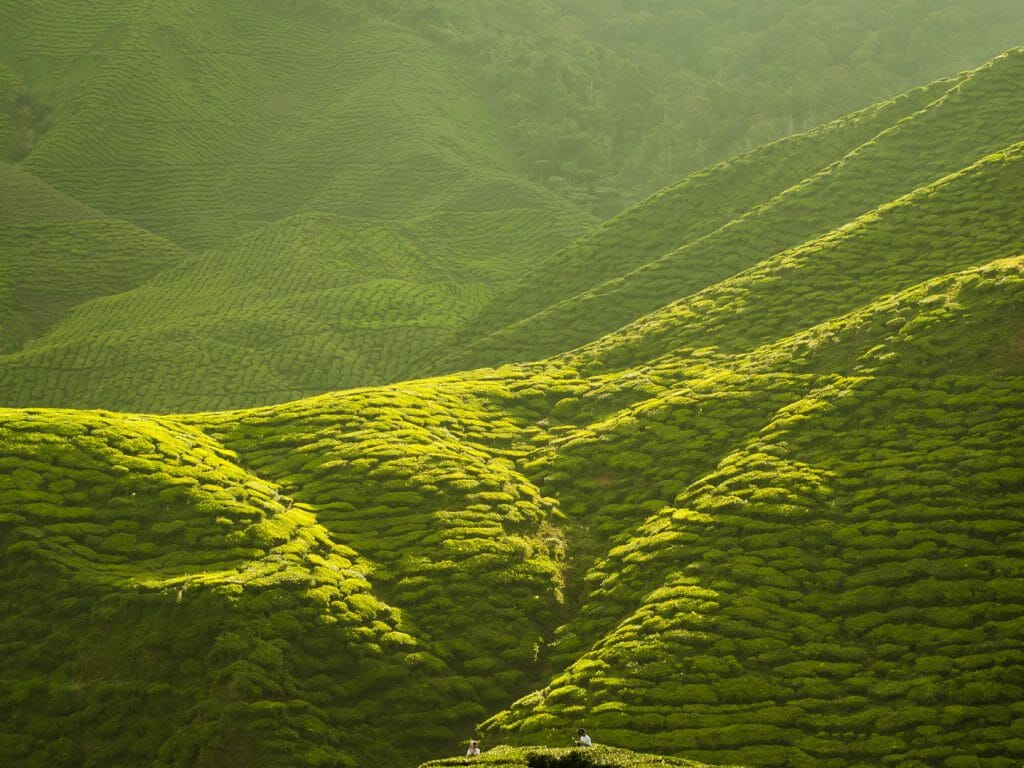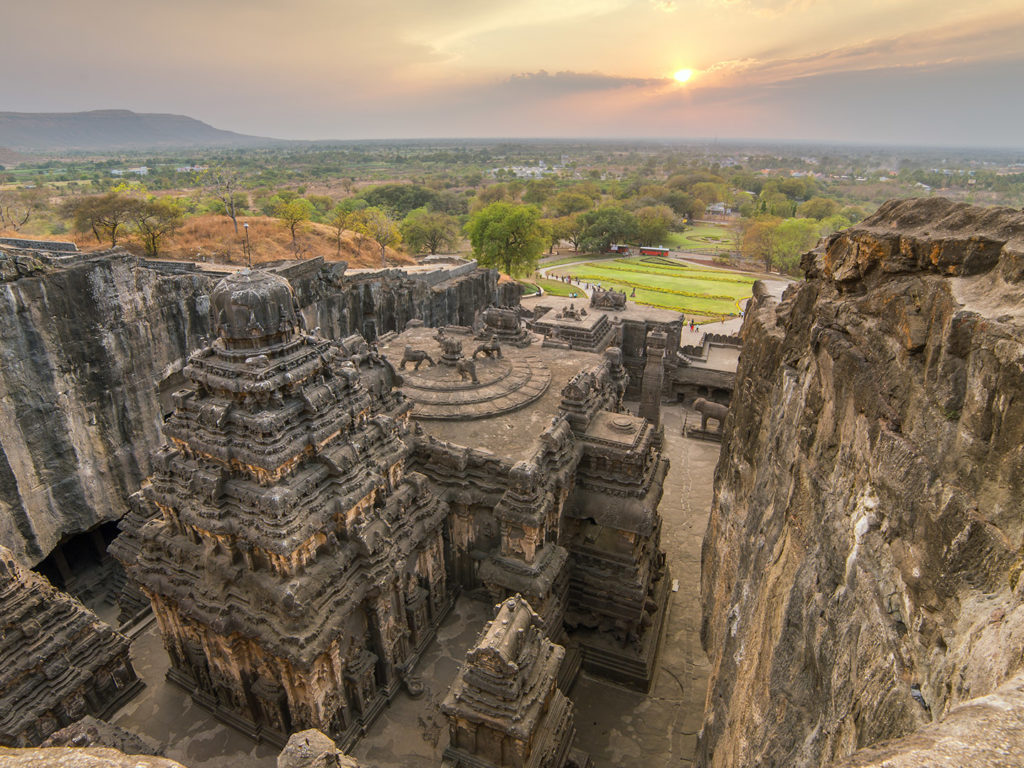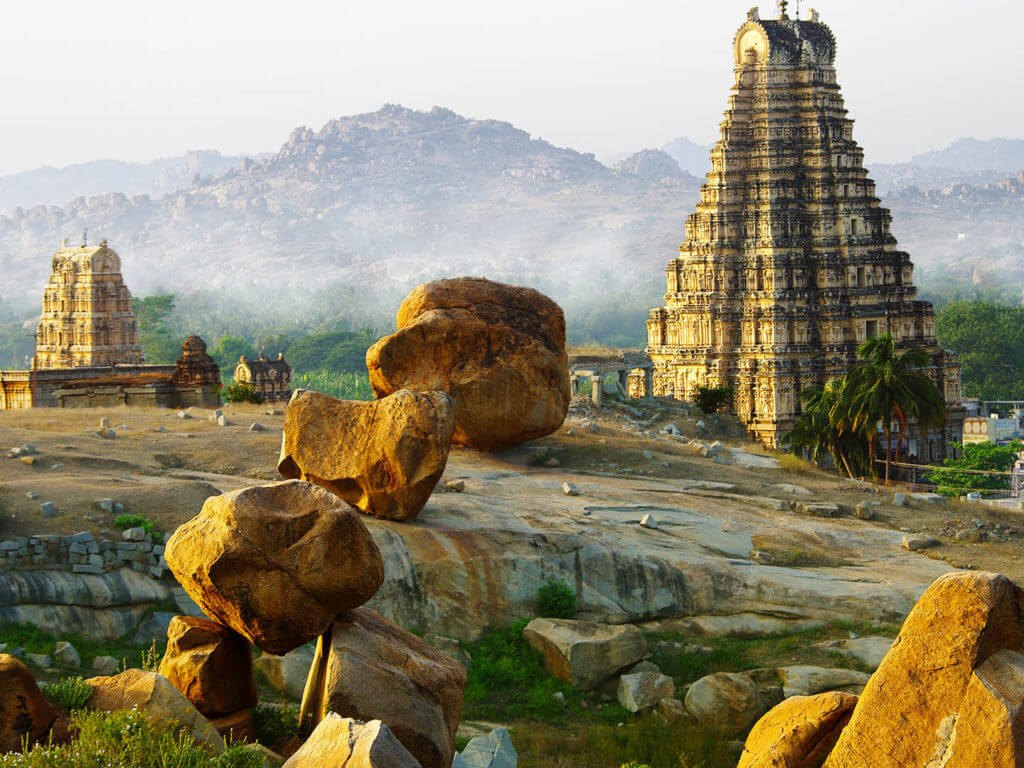“My favourite actor is Van Diesel. I like Fast and Furious 8,” was the unexpected proclamation of the diminutive smiling Jalpa who had just taken me around the excellent Shrujan Museum and given such a delicate and knowledgeable insight into the crafts of Kutch.
The district of Kutch, pronounced Kachchh, is a district of the state of Gujarat in western India that covers some 46,000 square kilometres and an estimated population of two million. Kutch literally means something which intermittently becomes wet and dry – a large part of this district is known as the exotically named Rann of Kutch, a shallow wetland which is inundated during the monsoon and then dries out to reveal shimmering salt flats.
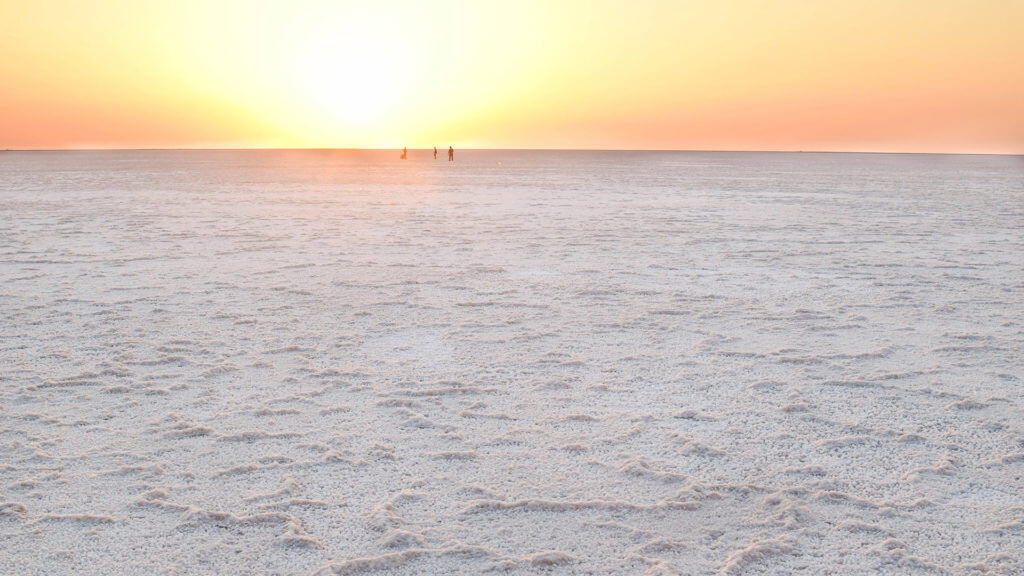
As well as the Rann, which means desert in Hindi, the Kutch has other geologies that have given rise to diverse ecosystems. Aside from desert, there is a mangrove ecosystem along its coast, a thorn forest ecosystem and the grasslands of Banni. Such diversity attracted communities from Central Asia and other parts of Asia to migrate to Kutch and make it their homeland.
The presence of different communities and the way they interacted with the Kutch created a rich melting pot of culture especially of crafts and embroidery. Hence Kutch is one of the most prolific regions in India for textiles and embroidery. Kutch embroidery is dense with motifs, and a variation with mirrors sewn into the embroidery is one of the signature arts of this region
There are 42 distinct embroidery styles each of which identify the village where the woman comes from. Embroidery is structured and one of the institutions of the tribes in the Kutch. This is not so of other art forms such as pottery, which is universal.
Rabari embroidery is bold and vigorous with stylised motifs. A huge amount of embroidery was required for dowry payments, so much so that it became so onerous that more recently embroidering for a dowry has now been stopped.
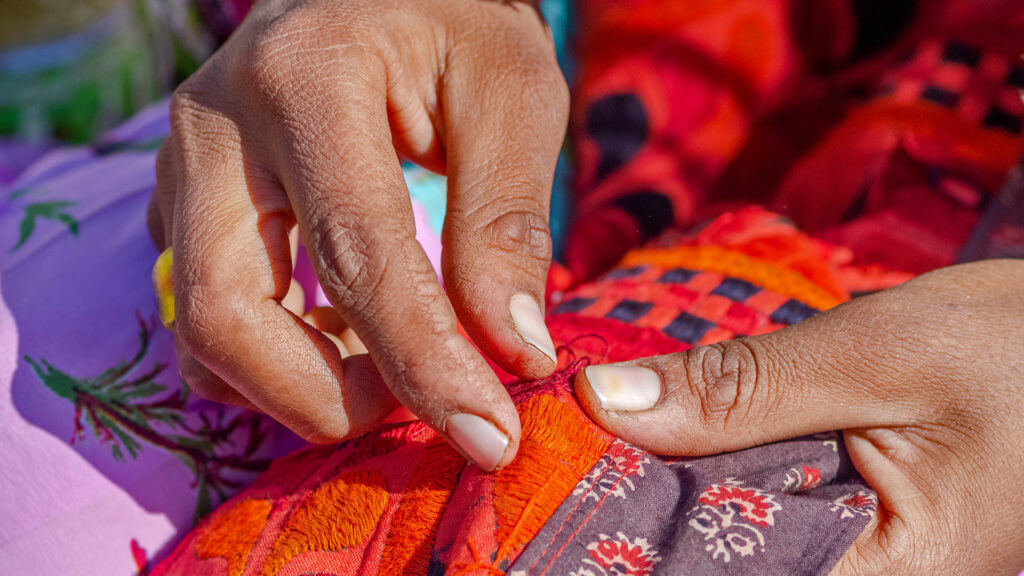
The Sodha use Pakko (dense) and Neran (square or diamond shaped). The Mochi are well known for their realistic portraiture and representations of flowers, birds and animals. The Jats from Baluchistan use counter thread embroidery style: no outline or drawing that is rendered on thick coarse fabric. The tribes of the Kutch are proud to use the skill in their hands to stand tall on their feet.
The region of Kutch lies on a major fault-line. In 1819 an earthquake changed the landscape and the course of the Indus, grasslands transformed to desert. More recently, an earthquake of 2001 caused devastation, homes were destroyed and some 30,000 dead.
The importance of embroidery is eloquently and poignantly summed up by a quote in the excellent Sherjan Museum, “The earthquake left our village in ruins. After 10 days we started to embroider. We wanted to get back on our feet by ourselves. So we needed to earn. Doing embroidery kept sadness form our minds. If we had stayed alone at home, we might have been tempted to ask for things when volunteers came. Instead we sat together and worked on our embroidery and that way we kept our dignity and self-respect.”


